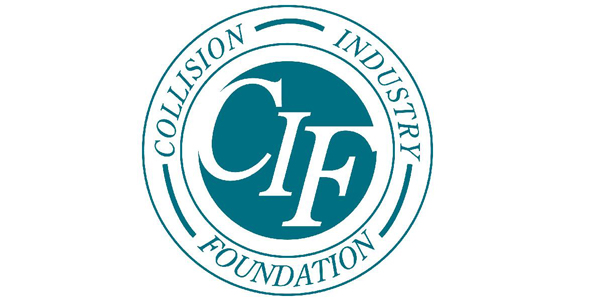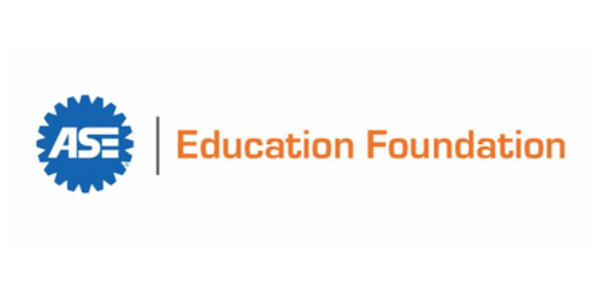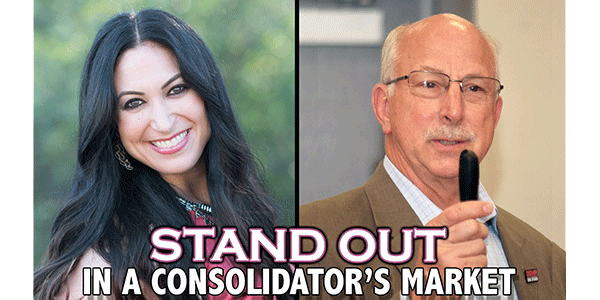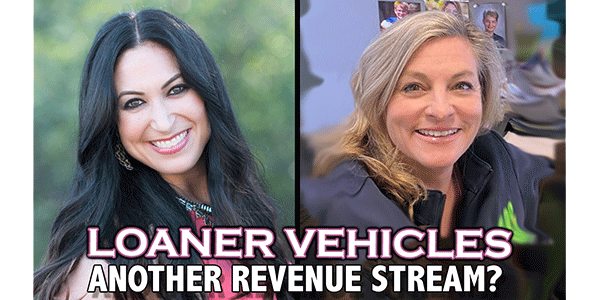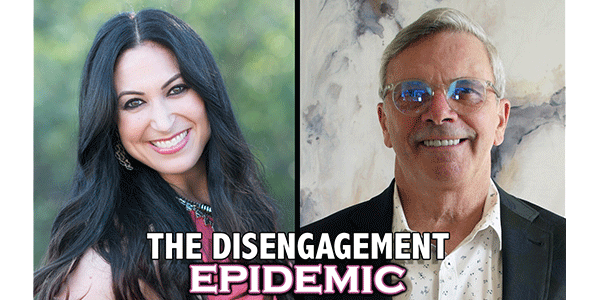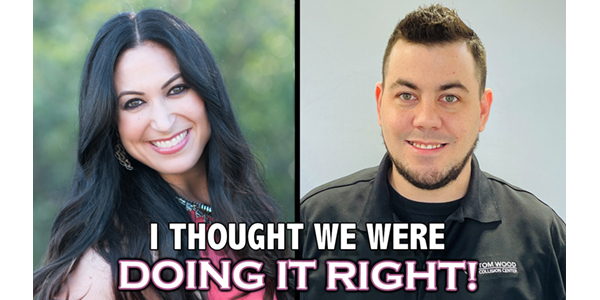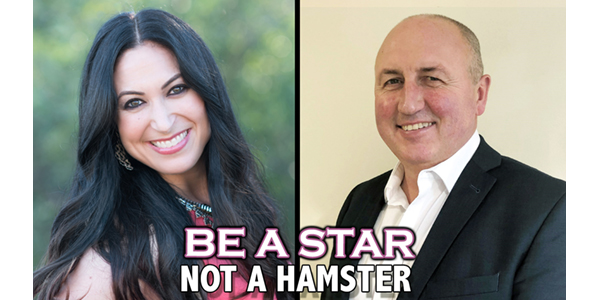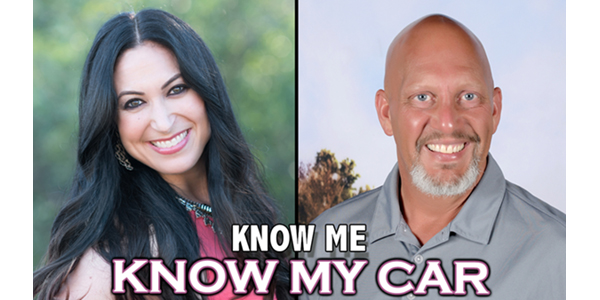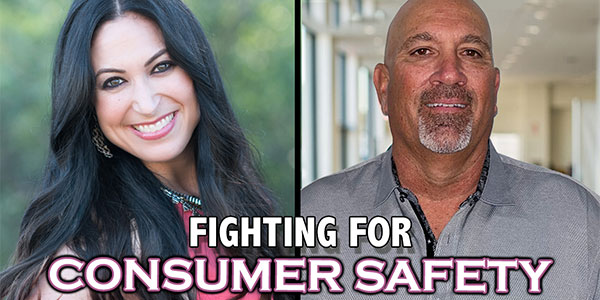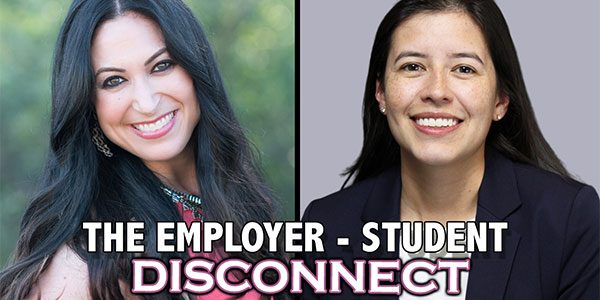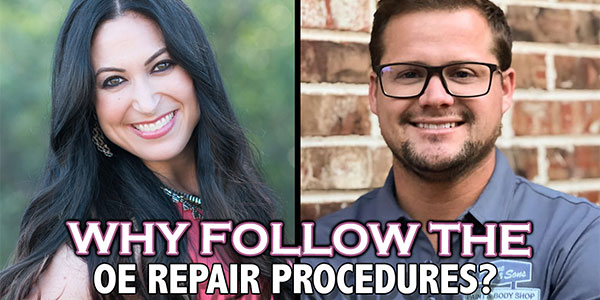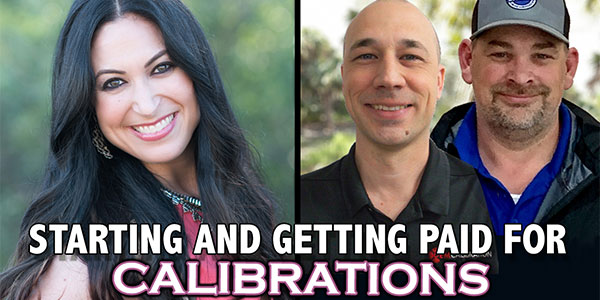At a recent meeting I attended, an insurance executive spoke to our group about the need for the repair industry to improve cycle time. Why? As you probably already know, improved cycle time means a win/win/win situation for all three parties – the consumer, the insurance company and the repair facility.
- For customers, a faster repair means the repair and claims process – an inconvenient situation – becomes a little less inconvenient. What could make them happier and more satisfied with the service you provide?
- For insurers, the faster the turnaround time, the less they pay in rental car costs and the quicker they can close a claim. All of this saves manpower and money, helping to keep customers satisfied.
- For repair facilities, moving a car through the shop quicker opens up shop space for another vehicle to be repaired. This results in more repairs and more profits at the end of the month. An efficient repair process also means less headaches and hassles for your techs.
How can you improve cycle time in your shop? Among other options, the latest equipment and technology can improve the entire collision repair process and decrease turnaround time – without costing you an arm and a leg.
Frame Equipment
Before examining the technology available today, I set some parameters for the frame equipment I wanted to highlight in this article. Each piece of equipment had to cost less than $10,000, be portable, be capable of supporting a 3-D measuring system and be able to secure a vehicle with pinch-weld clamps.
Most repair facilities today are short of space and already have large dedicated frame machines. If you were to install another frame machine, it would take up at least 11/2 stalls, which you can’t afford to lose. Plus, most shops don’t use the frame machines they already have to full capacity. (When I mention that fact to an owner or manager, the common response is that there’s always a car on the machine – but the thing is, they use the machine as a stall to do body work rather than frame repairs.)
Instead of adding another dedicated frame machine, consider the following options:
- For those of you who have floor pots and power posts, there are units that have two ramps with a channel down the center of each ramp for the pinch-weld clamps. These units fit into a stall and don’t take up extra space.
- Consider portable ramps. When they’re all hooked together, they form a bench with pinch-weld clamps. This system also uses floor pots and a power post.
- A portable frame machine can be moved from stall to stall with minimal effort. When it’s not being used as a frame machine, it can be a small portable hoist with about a 4-foot rise. There are more than a dozen of these space-saving portable frame machines available, and prices range from under $3,000 to slightly more than $9,500.
Resistance Spot Welders
The price of resistance spot welders has dropped dramatically in the last few years thanks to their popularity and because more manufacturers are building them. I know a lot of shop owners and managers think a resistance spot welder is a luxury they can’t afford, but let me run some numbers by you:
I’ve seen savings of one hour or more on repairs using a resistance spot welder. If your shop has 40 cars per month on which you can use a resistance spot welder instead of a MIG welder, that translates into a savings of approximately 40 to 50 hours per month – the equivalent of being able to finish two more cars. Using industry guidelines, that gives you a $600 increase in net profits. In today’s marketplace, there are more than half a dozen machines that cost under $7,000. So with a gain of $600 in net profit per month, the machine is yours free and clear after one year.
You can also save time and materials by using a dedicated tool to remove spot welds. These tools can be set to remove the top metal of the spot weld without touching the bottom metal. When using a drill, most techs drill right though both pieces of metal. For a small investment, you’ll see big returns on time and material savings.
Infrared Curing Lamps
When I visited a collision center recently, I found the entire paint department taking a break – and it was only 11 a.m. I thought it was strange, so I inquired about it. Their response was that they were waiting for primer to air dry on five vehicles. What a waste of time!
Today’s primers take between three to five hours to air dry, which is too long in today’s fast-paced environment – especially if you’re trying to reduce cycle time. To combat this, consider purchasing a short-wave infrared curing lamp. These lamps will cure primer from the inside out in eight to 15 minutes. If the paint technicians on break at the shop I visited used short-wave infrared curing lamps, they could have had all the vehicles ready for paint prep within one hour.
These lamps can also be used on basecoat/clearcoat systems. For example, if you’re painting a fender, position the short-wave infrared heat lamp toward it after you’ve applied the clear and … voilà … you have a cured clearcoat ready to deliver in 10 to 15 minutes. That definitely helps decrease cycle time.
Mobile Carts
Using mobile carts in the paint department can also save time. And a number of manufacturers make mobile carts for the paint department:
- One particular manufacturer’s bumper cart has a lever that allows the bumper to rotate, so the painter can get full coverage. It also has holes in the “wings” for attaching mirrors or spoilers.
- Another manufacturer has a cart that permits the painter to hang a door so it can be painted vertically. My painter likes to hang the door and paint both the inside and outside in one operation. This method is a tremendous saver of time and materials (we only mix color once for jambing and refinishing).
- Another cart we use in our shop not only saves time, but also stress on your back. It’s an inexpensive cart (less than $250) that holds pickup truck beds. After we remove a pickup bed, we place it on the cart, perform all the body work and then move it into the paint department, where it’s prepped and painted. Moving the bed from department to department can be done by one person, instead of the four or five people needed without the cart. Studies show that every time you move a car or a part, it costs 15 minutes of production. In the case of the pickup bed, you’d lose 45 minutes to one hour (15 minutes for each of the four or five techs), and you can’t make it up once it’s lost.
Portable Hoists
A couple of years ago, I was visiting the mechanical shop next to our shop and noticed a portable hoist the owner had recently purchased. Realizing its efficiency, we bought one for the shop. We move it anywhere in the shop where light mechanical work is needed. We also use the hoist for vehicle assembly and inspection. It’s so much easier to write a proper estimate when the vehicle is in the air rather than on the ground (insurance adjusters love it, too).
These portable hoists come in two styles – one with center access and one without – and they cost less than $2,000.
The Clock Is Ticking
According to a newsletter from Sterling Autobody Centers, it takes the collision repair industry 13.5 days to repair a car and get it back to the customer. It takes Sterling shops 8.4 days to repair a car and return it to the customer – almost a 40 percent decrease in cycle time. That’s the kind of efficiency you’re up against every day.
If that’s not enough to convince you of the importance of reducing cycle time in your shop, think about this: Over the next five years, Sterling plans to develop a process to repair cars in a single day, while delivering 99 percent customer satisfaction and quality. If the shop up the street can return vehicles in one day – talk about convenience – which shop do you think customers will choose? By reducing cycle time and developing the most efficient repair processes, you can help ensure they’ll pick yours.
Contributing Editor Toby Chess, AAM, is director of technical training for Caliber Collision Centers. He’s also the Los Angeles I-CAR chairman, an I-CAR instructor and a certified ASE Master Technician.
| Time Saving Tip While taking a painting class at Toyota’s training center, I worked with a painter who shared ways his shop saves time in the paint department. Most of his tips I was already employing at my center, but there was one I wasn’t. Instead of masking wire looms, parts and openings with paper and tape, he uses aluminum foil. If the part is greasy, it doesn’t matter. The aluminum foil molds easily around odd-shaped objects, and when you need to remove it, it comes off quickly, leaving no tape residue to clean up. I was so impressed with the tip, I stopped at the grocery store on the way back to work and bought a role of aluminum foil to give my painters. |
| Time Saving Tip I’ve discovered two inexpensive tools that cost less than $15 each and can increase efficiency during the repair process. The first item is a California Water Blade. I bought this item on a lark, but it’s the best thing since sliced bread. Using the Water Blade, we remove water from a vehicle three times faster than with a traditional chamois. The other item is a POSCA pen. We use this water-soluble pen to mark all pertinent information on the windshield and the vehicle. When I’m writing an estimate, I mark the parts that need to be removed, installed or repaired; the panels that need blended; and the items that need replaced. Doing this takes a lot of the guesswork out of the repair for technicians, which can save a great deal of time. |

